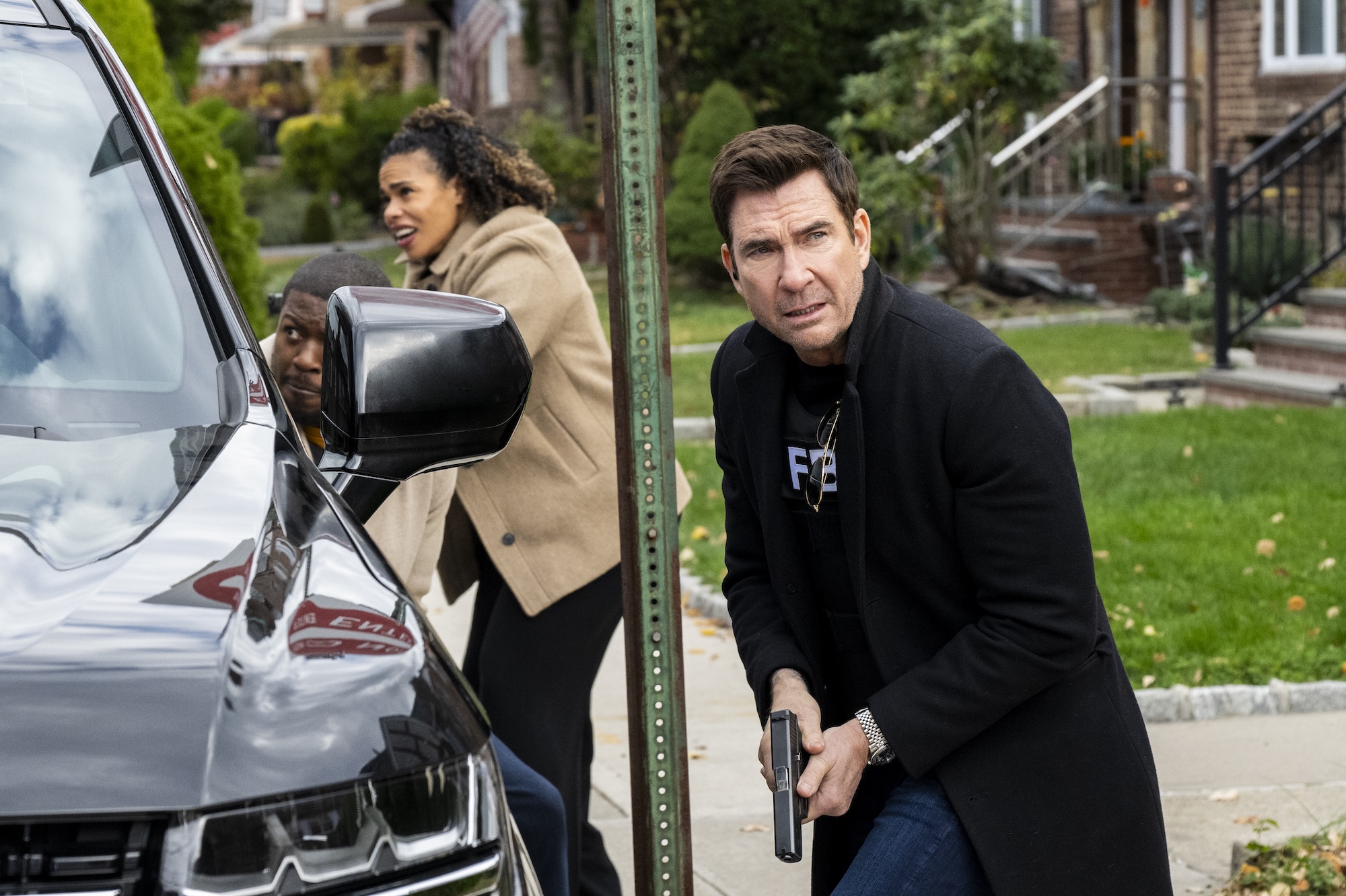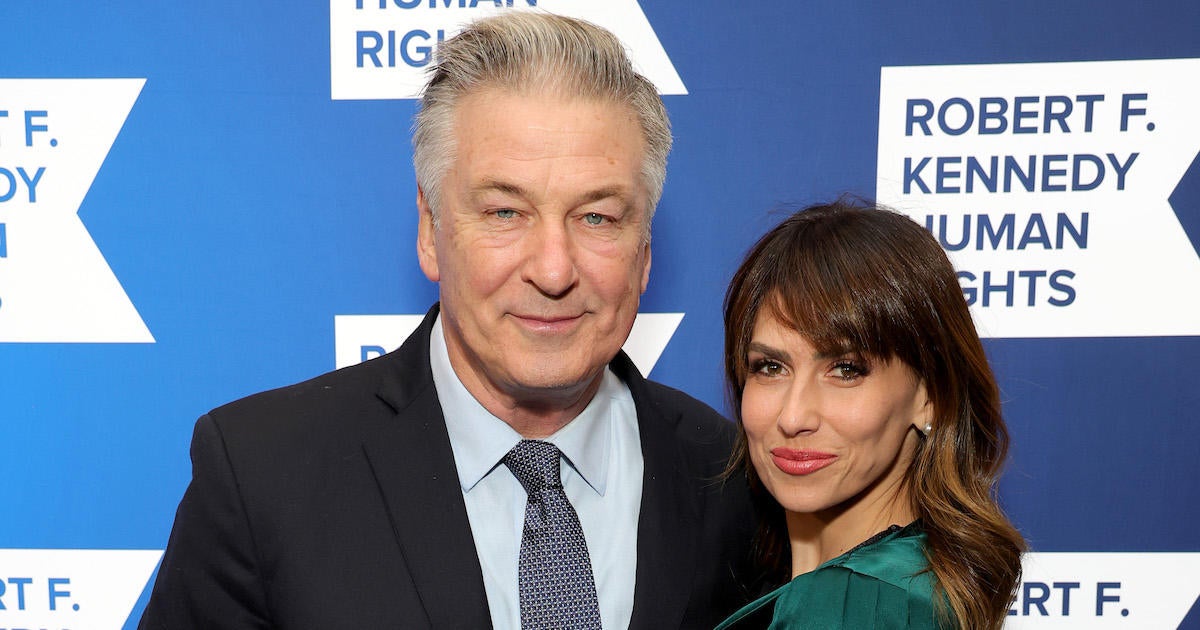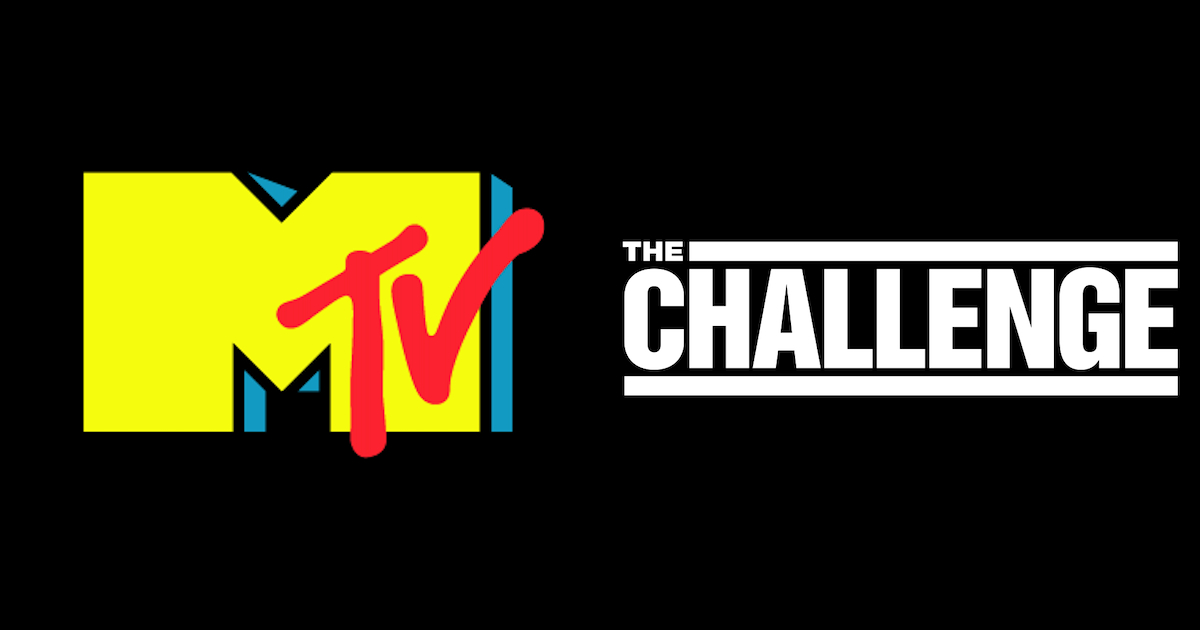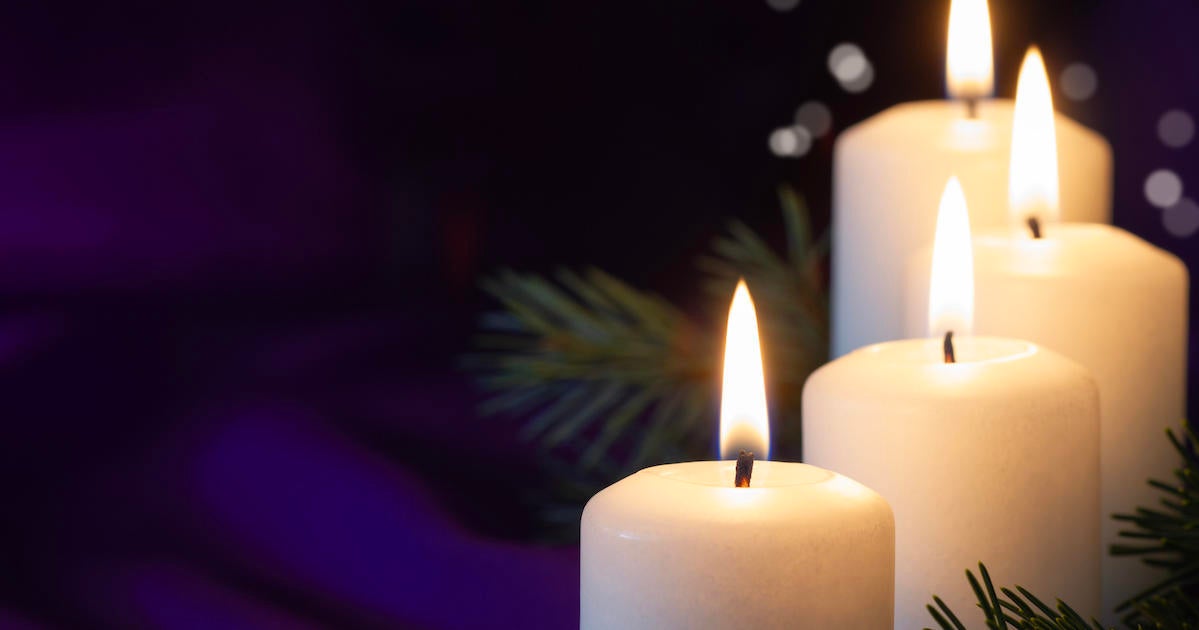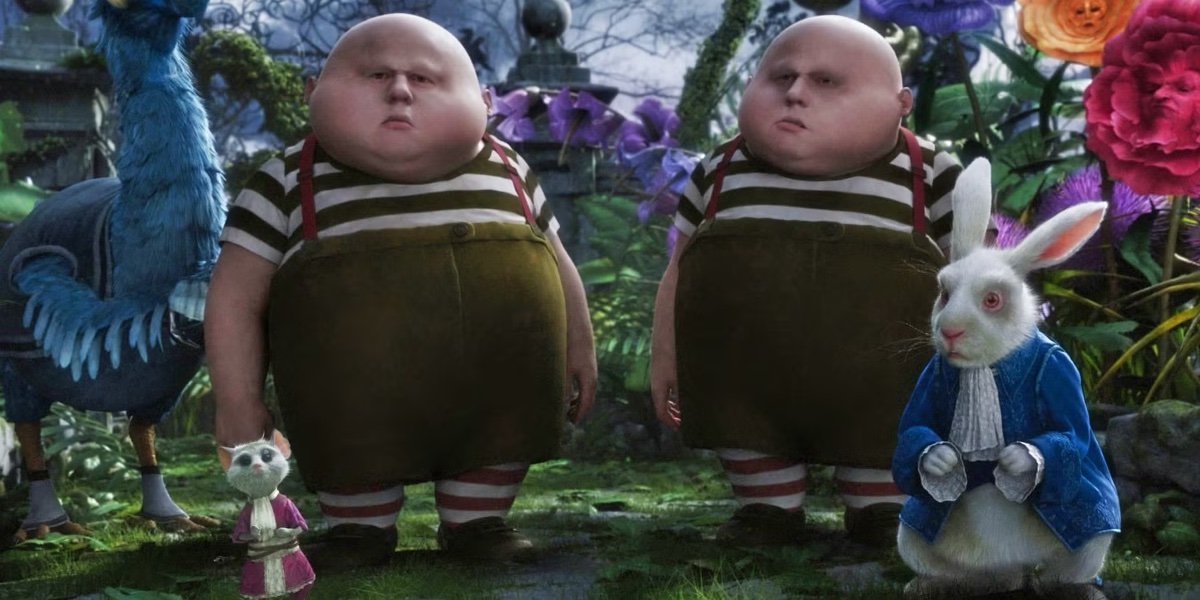If Pixar Must Keep Making Sequels, Make Them Like ‘Inside Out 2’
It’s appropriate, even telling, that nostalgia is one of the five new emotions introduced and anthropomorphized in Inside Out 2. Voiced by June Squibb, this wistful, grandmotherly blob periodically pokes her head into the control booth of a teenage girl’s mind, interrupting the other corporeal feelings to briefly, prematurely reminisce about some experience they’ve shared together. The character is more a running gag than a full-fledged member of the ensemble (she has only a couple of lines of dialogue), but her occasional appearances carry a hint of cheeky self-awareness.
Pixar, after all, is banking hard on nostalgia. More sequels, fewer passion projects is how the head honchos at the studio have promised to get America’s most beloved animation house back on track after a financially disappointing few years. Never mind that some of the scapegoats in this equation—the non-franchise originals Turning Red and Luca—were dumped on Disney+ during the pandemic and had no opportunity to match the box office performances of their predecessors. And forget that the similarly small and personal Elemental majorly rebounded after a bad opening weekend, and that the company’s only true recent flop was Lightyear, the definition of leaning hard on intellectual property. Going forward, despite all that, it’s out with the new and in with the old at Pixar.
Of course, franchise plays have always been a part of the studio’s business model, going back to when the childhood playthings of Andy’s room first leaped back into action. Inside Out 2, which hit theaters this past Friday and scored the biggest opening weekend of the year so far, does not justify its existence as fully and miraculously as Toy Story 2 did: It’s a good sequel, not a great one—a little less inventive, affecting, and funny compared to its predecessor. But in building on the thematic architecture of the original, rather than simply replicating it, the film makes a surprisingly persuasive case for doubling down on past hits. It shows that corporately mandated follow-ups don’t have to be mercenary copy jobs, even if a pure lust for green is what ultimately earns the green light.
Ironically, the first Inside Out made a pretty strong case for not going back to the well. When it arrived in the summer of 2015, Pete Docter’s metaphysical workplace comedy about the inner workings of the human brain felt like a victory—original ideas could still be viable at a studio then fully ramping up its franchise aspirations. The mix of high-concept madcap action and touching coming-of-age drama was vintage Pixar, a callback to the adventurous spirit that made the company one of Hollywood’s most trusted studios. And the movie’s ending felt like a new crescendo of all-ages poignance, landing on a genuinely profound insight about growing up: that sadness, an emotion everyone hopes to avoid, is not just healthy but crucial to our development and how we process change and hardship.
There was no inherent need to continue the story of Riley, the film’s 11-year-old heroine, whose brain plays host to a staff of color-coded, squabbling avatars such as Joy (Amy Poehler), Sadness (Phyllis Smith), and Anger (Lewis Black). At the same time, the very nature of the material lent itself naturally to the sequel treatment: As the closing minutes of Inside Out teased, both our outer and inner lives get more complicated as we grow from tweens to teens. Inside Out 2 runs with that idea, treating puberty as its big inciting incident (albeit with less directness than the like-minded Turning Red, which wasn’t afraid to broach hormonal desire alongside the other heightened pangs of adolescence).
The film introduces a cavalry of new emotions. Besides the largely sidelined Nostalgia, there’s the mouselike Envy (Ayo Edebiri); the hulking, shy Embarrassment (Paul Walter Hauser); the bored, phone-addicted Ennui (Adèle Exarchopoulos); and Anxiety (Maya Hawke), a twitchy, type A worrywart whose attempts to neurotically plan for every possible pitfall in Riley’s life transform her into the villain of the story. Naturally, the enlarged cast of characters allows Disney to sell more toys. But it also allows director Kelsey Mann and screenwriters Meg LeFauve and Dave Holstein to explore how your emotional palette exponentially expands with the gradual onset of adulthood. That the film is more overpopulated than its predecessor speaks to the mess of competing feelings that define the teenage years.
In lots of respects, Inside Out 2 fruitfully exploits the standard “more is more” protocol of sequels. The plot is busier than the original’s, involving a power struggle between Anxiety and the original quintet of emotions, as well as a quest to retrieve Riley’s exiled sense of self (one of a few new ideas introduced to the already thick rule book of this cerebral kingdom). To match the chaos of Riley’s mind space, her life has become more eventful and socially occupied, too, with new friends, potential new teammates, and a prospective new coach. At times, it’s hard not to miss the relative simplicity of the first Inside Out. But if the second film is messier, isn’t that true to the confusion of being 13? Inside Out 2 expands its own world to capture how everyone’s world gets bigger with age.
Riley, skating around her fears and insecurities at a hockey camp whose stakes feel impossibly high (as almost everything does when you’re a teenager), has a lot on her mind. So does the movie. It keeps adding new wrinkles to the conceptual mind palace that the original conceived. The repression and suppression of emotions become key elements of the bustling plot. So, too, does the notion that our memories shape our core beliefs, visualized as a shard of crystal in the center of Riley’s headquarters. The movie may lack the visual wit of Docter’s film—a literal “stream of consciousness” is about as clever as the pun-based mechanics get—but it compensates with real insight into the tricky social landscapes of school and friendship. While some Pixar worlds can be needlessly complicated (see, for example, the bureaucratic, rules-heavy Great Before of Soul), this one is complicated with a purpose. Maybe as complicated as adolescence itself.
Speaking of purpose, the lesser Pixar sequels lack it. Think of Monsters University, which explicates a backstory that didn’t demand explicating. Or Cars 2 and Finding Dory, which offer starring roles to supporting characters that could and maybe should have stayed on the margins. Even Toy Story 4, a massive critical and commercial hit, couldn’t dispel the nagging impression that it existed merely to exist—that it was continuing a story that had already reached its natural, sensible conclusion. (Lord knows what inessential trouble Woody, Buzz, and the gang will get into with the regrettably announced fifth movie, coming two summers from now.)
Inside Out 2 is closer in spirit, if not greater emotional impact, to Toy Story 2 and Toy Story 3. With those superlative sequels, Pixar didn’t just expand on the themes of the first movie and deepen the larger metaphors of the Toy Story saga. The studio also seemed to acknowledge the expanding emotional complexity of its audience: Just as Andy grew older across the series, so did many of the kids watching him. And the movies seemed to mature in accordance; by employing not one but two tearjerker finales in Toy Story 3, the franchise was allowing some of its fandom to grapple with how they’d changed over the years. It was a series that grew up with its audience—at least, again, until the debatably necessary reset of Toy Story 4.
You could say Inside Out 2 simply makes that journey more literal: It’s a film about emotional growing pains that’s been designed to speak to the emotional growing pains of its viewers. Few would probably argue that it matches the ugly-cry power of the first movie; there’s nothing in the film as wrenching as the farewell to Bing Bong, and the climax plays like a fainter echo of the original’s closing gut punch. But in broaching new aspects of the childhood experience, the filmmakers prove that the driving force of this newly minted franchise is curiosity. That, and empathy for those still finding themselves: While the first film’s embrace of melancholy felt targeted to kids and their overprotective parents alike, the sequel seems comfortable directing its own trenchant wisdom chiefly at real-world Rileys. Call that an acknowledgment of the growing independence of teen life—how we start defining ourselves beyond the bounds of family.
Ideally, Pixar won’t entirely give up on telling new stories. It would be dismaying to see the one-time dream factory behind WALL-E and Ratatouille become a recycling plant. But if we must have an unbroken string of sequels, prequels, and spinoffs, let them all be as thoughtfully considered (if imperfectly conceived) as Inside Out 2, a cash grab redeemed by its very uncynical interest in the psychological odyssey of youth. In its sincerity, we get a vision of what a Pixar sequel can hopefully be for its audience: a guide to growing up.
A.A. Dowd is a writer and editor based in Chicago. His work has appeared in such publications as The A.V. Club, Vulture, and Rolling Stone. He is a member of the National Society of Film Critics.


